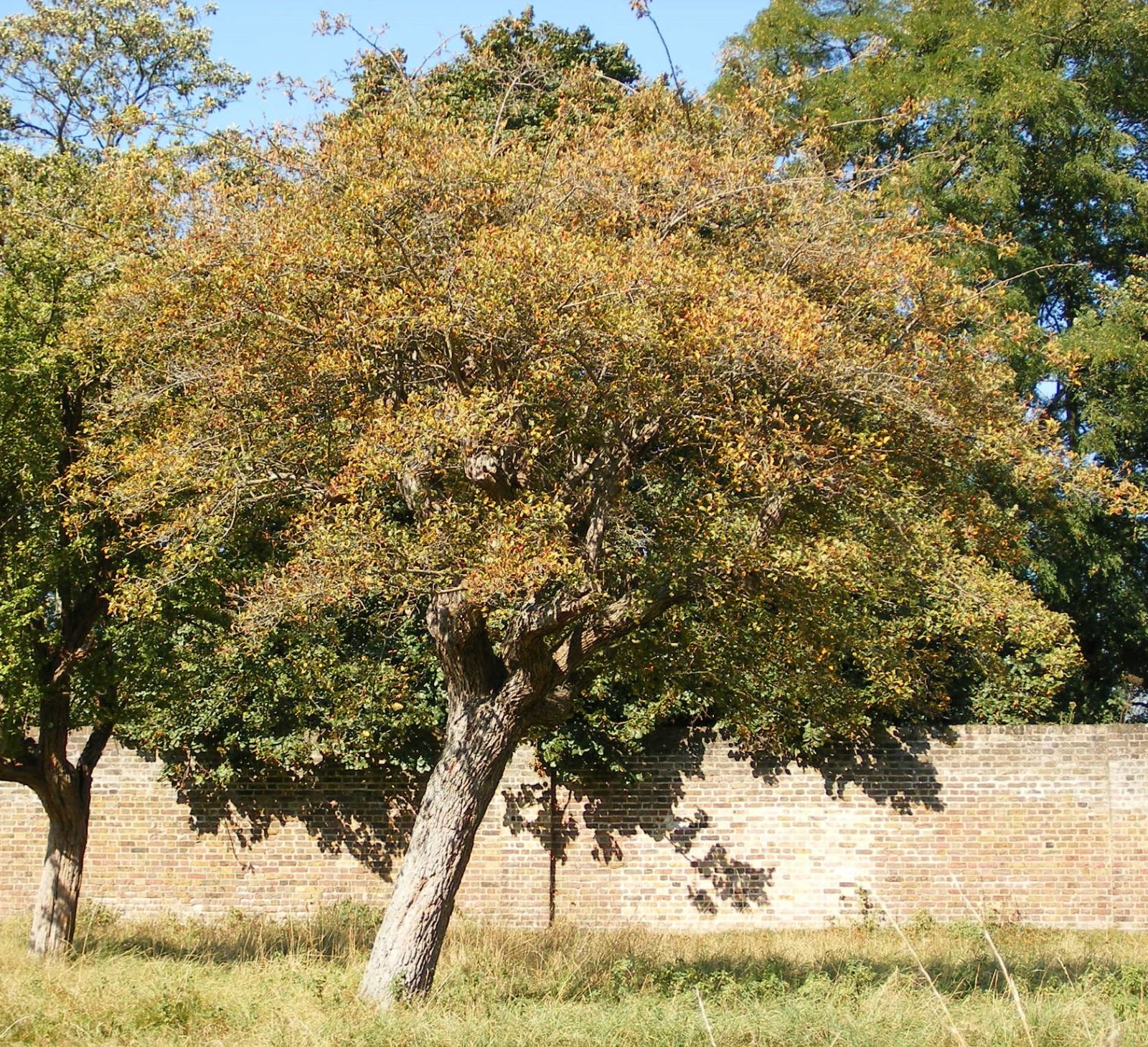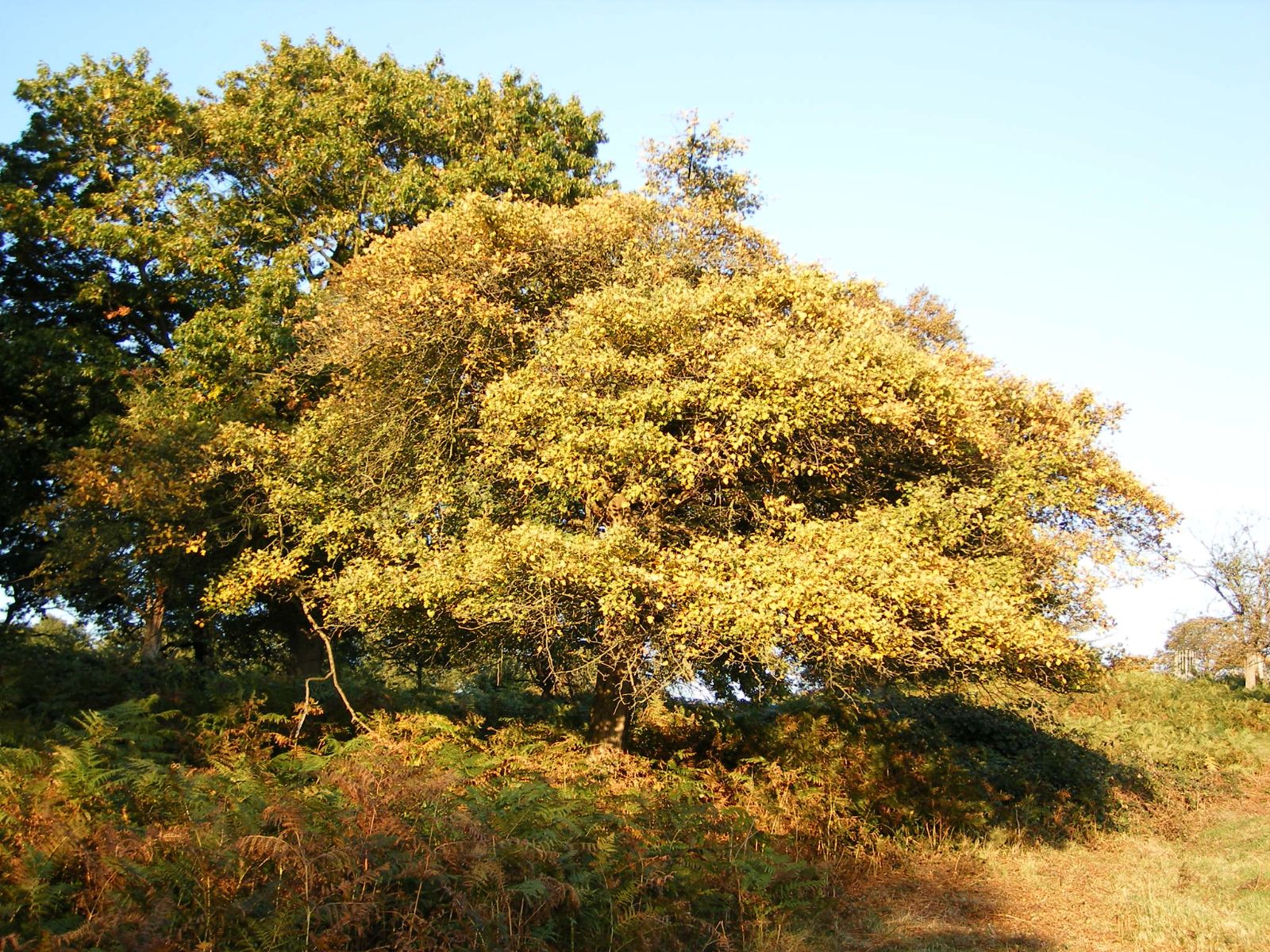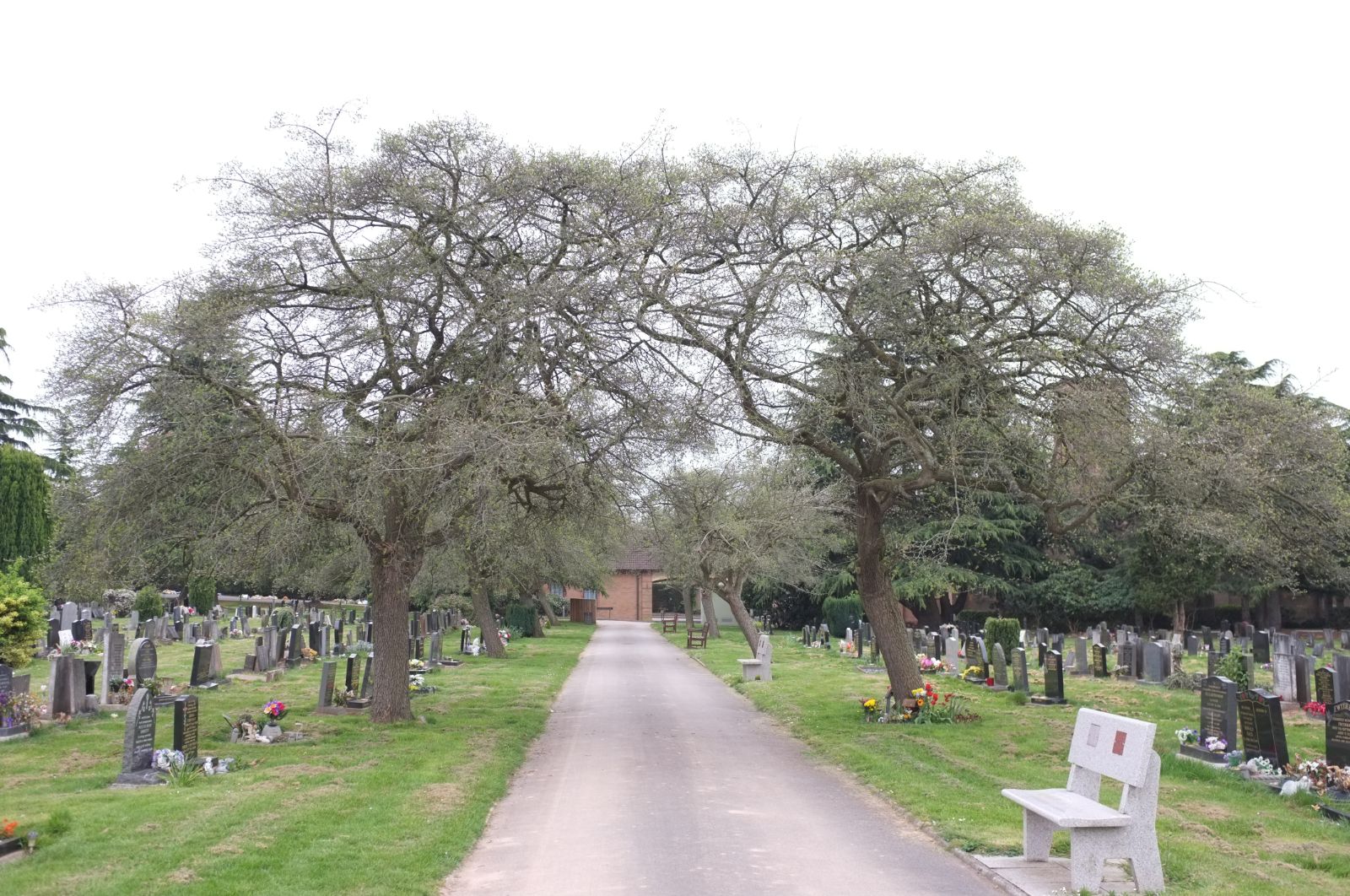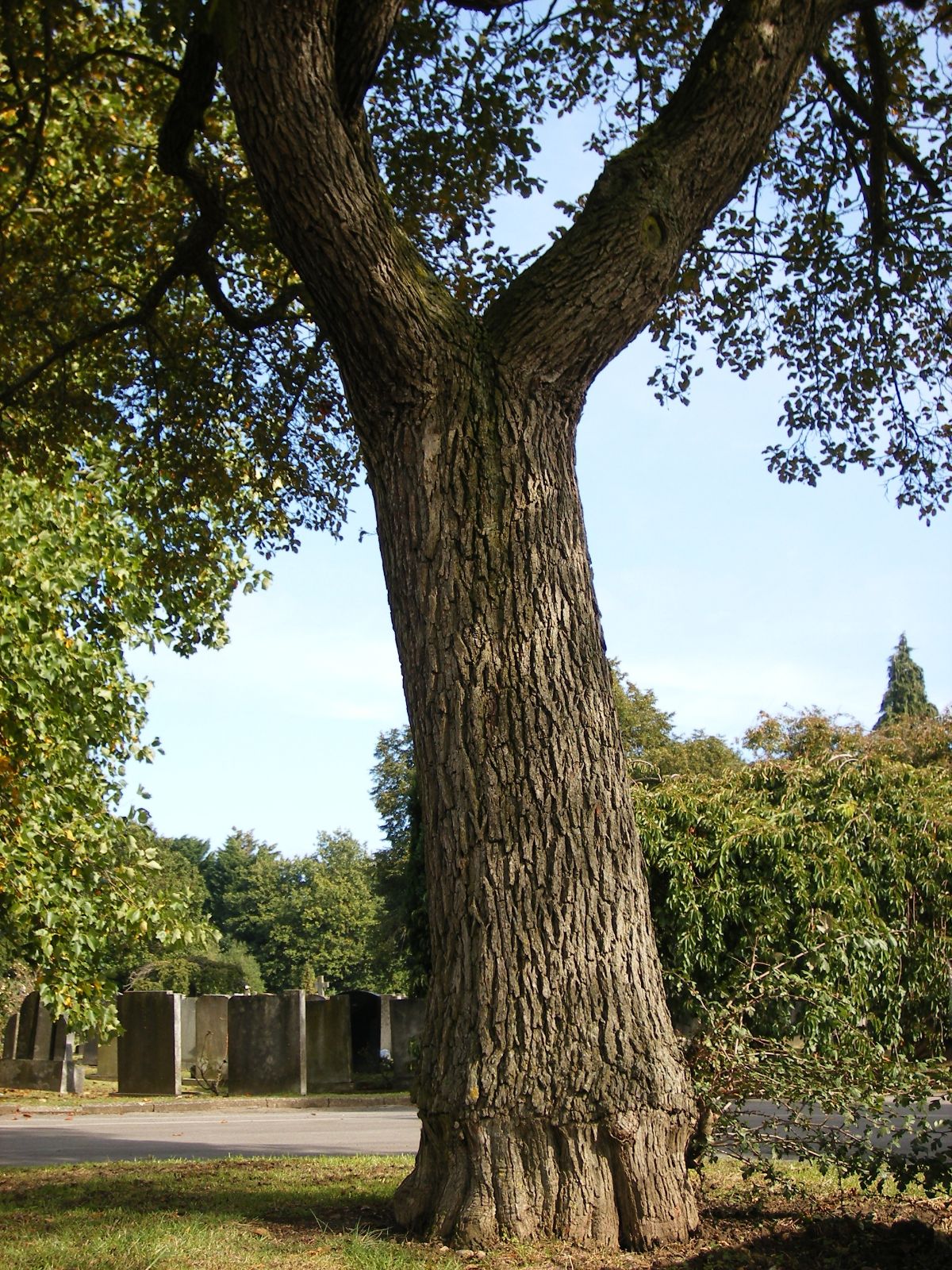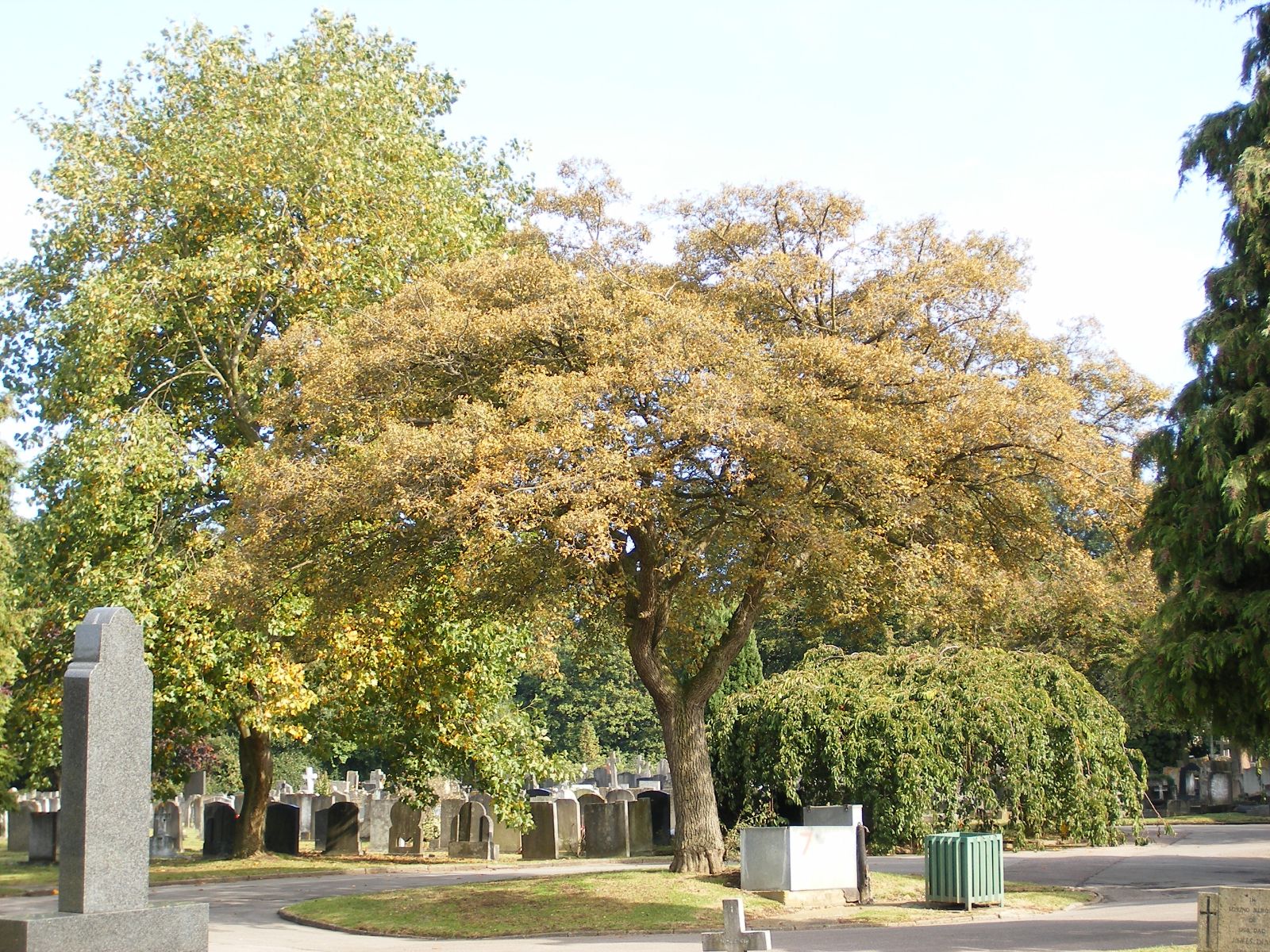Crataegus × dippeliana
Sponsor
Kindly sponsored by
This genus has been sponsored and new text is being prepared.
Credits
Article from Bean's Trees and Shrubs Hardy in the British Isles
Recommended citation
'Crataegus × dippeliana' from the website Trees and Shrubs Online (treesandshrubsonline.
Genus
Synonyms
- C. tanacetifolia var. leeana Loud.
- C. leeana (Loud.) Bean
- C. celsiana Dipp., not Bosc
Other taxa in genus
- Crataegus ambigua
- Crataegus apiifolia
- Crataegus aprica
- Crataegus azarolus
- Crataegus baroussana
- Crataegus brachyacantha
- Crataegus chlorosarca
- Crataegus chrysocarpa
- Crataegus chungtienensis
- Crataegus coccinioides
- Crataegus crus-galli
- Crataegus cuneata
- Crataegus douglasii
- Crataegus dsungarica
- Crataegus durobrivensis
- Crataegus flabellata
- Crataegus flava
- Crataegus henryi
- Crataegus heterophylla
- Crataegus intricata
- Crataegus jozana
- Crataegus laevigata
- Crataegus × lavallei
- Crataegus macracantha
- Crataegus marshallii
- Crataegus mexicana
- Crataegus meyeri
- Crataegus mollis
- Crataegus monogyna
- Crataegus nigra
- Crataegus oliveriana
- Crataegus orientalis
- Crataegus oxyacantha
- Crataegus pedicellata
- Crataegus pentagyna
- Crataegus phaenopyrum
- Crataegus pinnatifida
- Crataegus pruinosa
- Crataegus prunifolia
- Crataegus pseudoheterophylla
- Crataegus punctata
- Crataegus sanguinea
- Crataegus spathulata
- Crataegus stipulacea
- Crataegus succulenta
- Crataegus tanacetifolia
- Crataegus tomentosa
- Crataegus uniflora
- Crataegus viridis
- Crataegus wattiana
- Crataegus wilsonii
The origin of the handsome thorn described here is not known for certain, but according to Loudon, who first described and figured it, it was believed to have originated in Lee’s nursery at Hammersmith (Arb. et Frut. Brit., p. 828). He records that it first flowered in 1836. The fact that it has to be called C. × dippeliana is simply due to a quirk of the rules of botanical nomenclature: Dippel (in 1893) identified this or some similar seedling (mistakenly) with the C. celsiana of Bosc, and Lange, in correcting the error, renamed it C. dippeliana. This name has priority over the more appropriate one of C. leeana, under which it was described in the first edition of this work.
C. × dippeliana is a hybrid in whose origin one of the orientalis group of thorns has shared. The suggestion has been made that it is a hybrid between tanacetifolia and punctata, but it is difficult to see where the latter species is in evidence. Leaves 11⁄2 to 3 in. long, 3⁄4 to 2 in. wide; broadly ovate, sometimes obovate, with seven to eleven lobes reaching from one-third to half-way to the midrib; coarsely toothed; deep green and hairy at first above, becoming almost glabrous by the end of the season; more densely and permanently hairy beneath; stalk up to 5⁄8 in. long. Flowers 3⁄4 to 1 in. diameter, white, produced very freely in mid-June; calyx and flower-stalk hairy like the young twigs; stamens eighteen to twenty-two. Fruit dull red, 1⁄2 to 5⁄8 in. across. No doubt closely allied to the tansy-leaved thorn, this is quite as handsome in flower, and it grows more robustly. The leaves are larger; the fruit smaller and red.

